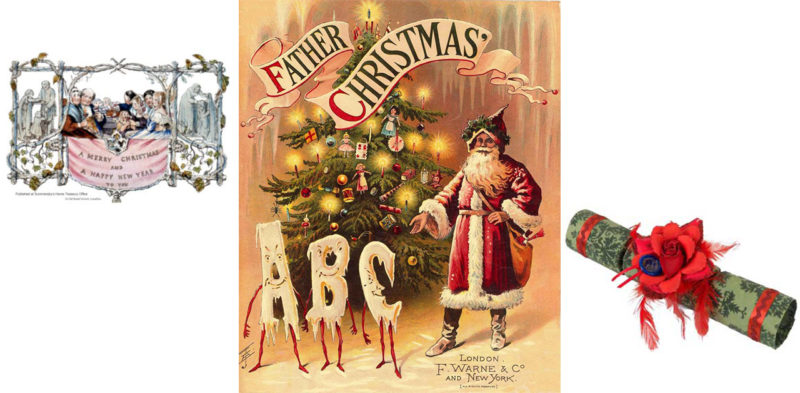Looking into the Victorians and how they influenced our modern Christmas celebration was so much fun that stopping at five was just not possible! So, here are five more interesting observations.
- The first of our observations is that the singing of Christmas carols was revived and popularized during the Victorian era. Old words were paired with new melodies. The first collection was published in 1833. Certainly, O Tannenbaum was one of those as it was written in 1824. Many carols were yet to be written. O Come All Ye Faithful was written in 1843. Once in Royal David’s City was written in 1848. O Little Town of Bethlehem was written in 1851. Away in the Manger was written in 1883.
Small groups of singers, typically three would sing and sell music on the streets during Advent. One played the violin, one sang, and one sold the sheet music for people to use at their in-home celebrations. The carolers would often present their music in front of homes, too. The objective was a hot drink in a warm home for a short time.
- The second of our observations is that the first Christmas card appeared in 1843. Henry Cole commissioned an artist to design a card suitable for Christmas. It consisted of a family seated around a dinner table. It also illustrated feeding the hungry and clothing the poor. The sentiment was simple, ‘A Merry Christmas and a Happy New Year to you.
One thousand cards were printed that year. Each card cost one shilling, which was a lot of money, so it took the introduction of cheap dyes for the giving of cards to take off. The ‘Penny Post’ (one penny stamp took letters and cards anywhere in Britain). But, the sentiment had caught on and many children, including the Queen’s, were encouraged to make their own. By 1880, 11.5 million cards were produced.
- Another of our observations is that Christmas crackers and other sweet traditions started around the mid-19th century. The cracker was invented by Tom Smith, a London confectioner, in 1846. He was inspired while visiting Paris where he saw bonbons wrapped in twists of paper. His Christmas cracker was a simply wrapped tube of sweets that snapped when pulled apart (usually by two people). The resulting ‘bang’ was reminiscent of a firecracker. By the late Victorian era, the sweets were replaced by small gifts and paper hats. They remain a part of the Christmas tradition in England.
- Roast turkey was too expensive during Queen Victoria’s early reign. Roast beef or goose was served at most Victorian Christmas dinners. Turkey worked its way onto the menu over the century, and by its end turkey was found at many Christmas celebrations.
- There was no Santa Claus! Father Christmas was based on an English winter custom. He dressed in green, representing the coming spring. St. Nicolas, or Sinter Klaas, was part of the Dutch tradition and arrived in America in the 17th century. Father Christmas evolved into Santa Claus (Sinter Klaas) in England during the 1870s.
Check out the first five interesting observations and dream a little in the Victorian Era section of our online catalog.
– Donna Klein
Resources
Victorian Christmas – Christmas in the Victorian Time












Leave A Comment